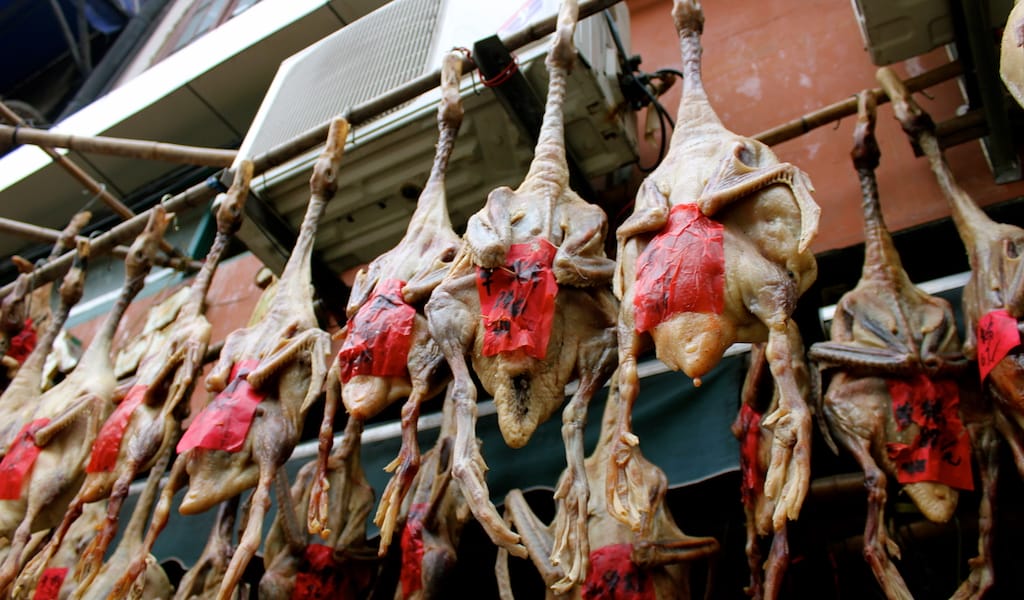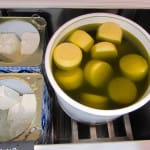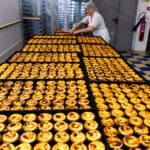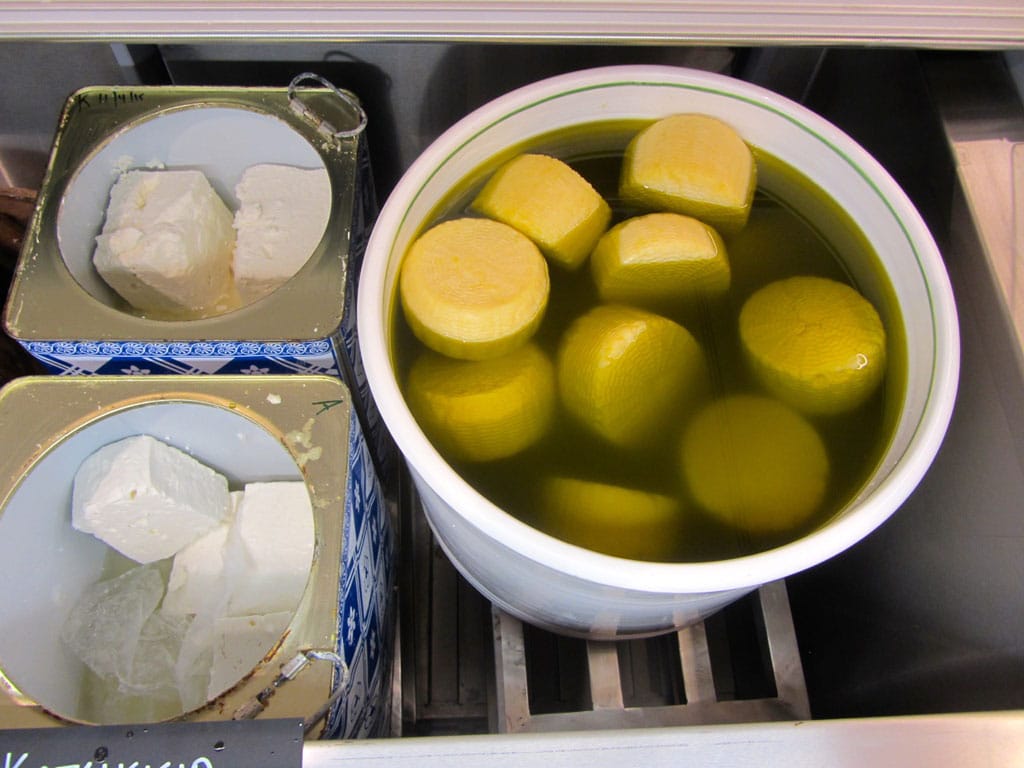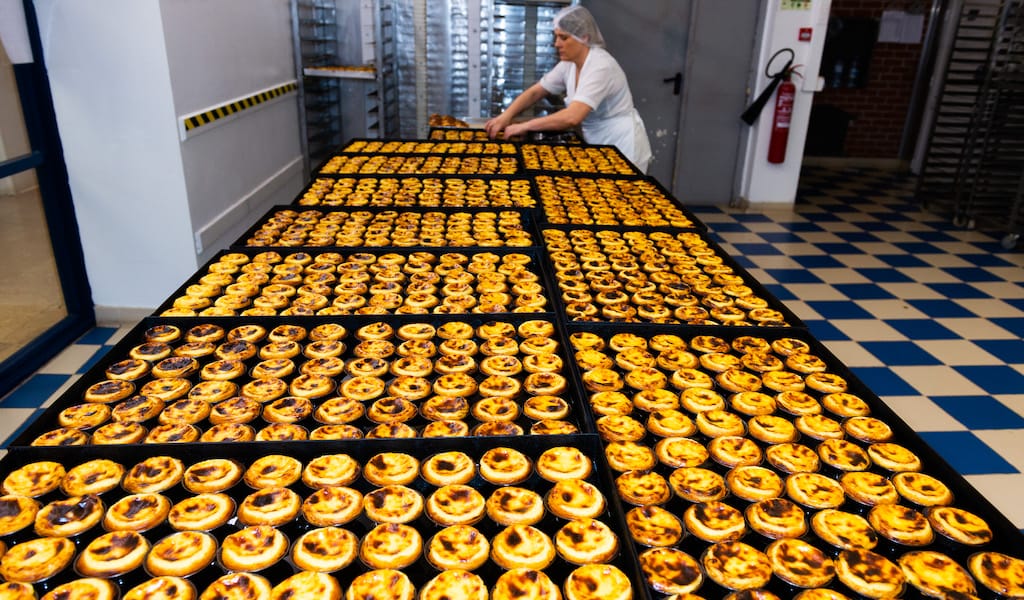There’s a joy in staying in China’s big cities over the upcoming Lunar New Year (春节, chūnjié). As people start the “great migration” back to their ancestral hometowns to enjoy the annual reunion dinner (团圆饭, tuányuánfàn, or 年夜饭, nián yè fàn) with their family, Shanghai becomes a ghost town.
Nearly every shop and restaurant closes up for at least a week (and sometimes more like three), as employees travel back to inland provinces like Anhui and Henan for a well-earned break and the chance to eat traditional, home-cooked meals with relatives. So long as you have a well-stocked fridge, the New Year is a peaceful time to explore the empty streets.
As for what to stock in your fridge, there are plenty of symbolic foods to choose from. One of the joys of eating traditionally around Chinese holidays is that the dishes pull double duty and provide diners with delicious symbolism. Due to Chinese language structure and the abundance and importance of homophones due to the tonalities, there are many opportunities for wordplay and symbolism. For example, whole fish (鱼, yú) with the head and tail intact are used to symbolize abundance (余, yú) and to complete the phrase “There will be abundance [fish] every year” (年年有余/鱼, niánniányǒuyú).
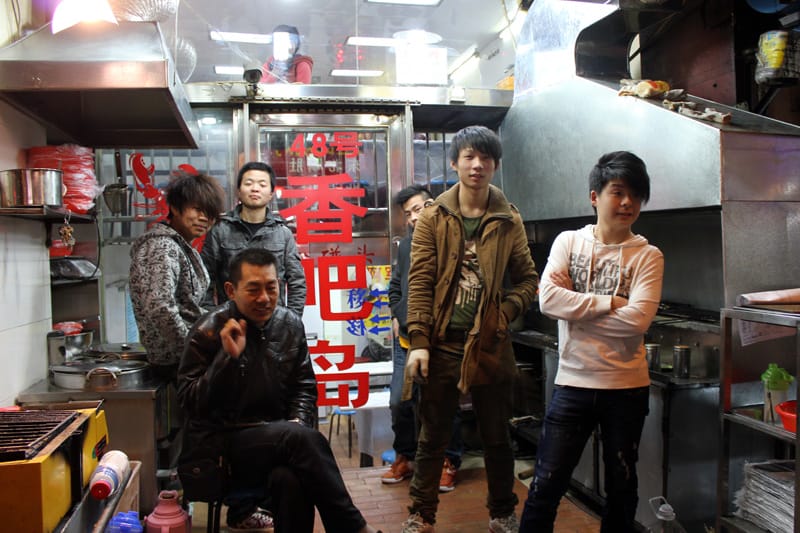
Another popular dish in Shanghai has a similar special meaning around the holiday: steamed glutinous rice flour cakes (年糕, niángāo) are thought to bring eaters a more prosperous year (年高, niángāo). Both the dish and the phrase are identical in pronunciation, so eating niangao is imbued with the symbolism of raising oneself taller in the coming year (年年高升 niánnián gāoshēng) to achieve new heights in personal and business endeavors. Another legend suggests that the dish serves an important function around the holiday. Instead of cookies for Santa, the Kitchen God is given offerings of niangao – it’s believed that with a mouth full of the sticky cakes, he won’t be able to talk smack about the family in front of the Jade Emperor, who decides which families will be blessed with wealth and abundance.
One of the joys of eating traditionally around Chinese holidays is that the dishes provide diners with delicious symbolism.
The beauty of the dish is that almost every truly local (本帮, běn bāng) Shanghai restaurant will make their own version – the cakes can be prepared in many different ways. Below, we’ve highlighted three of our favorite stir-fried, grilled and deep-fried niangao, because you never know which one the Kitchen God is going to like the most, do you?
 Fu Chun
Fu Chun
Serving up local dishes since 1959, the unassuming shop and its sister restaurants pack the crowds in for all the right reasons: authenticity, spirited waitstaff and a focus on food above all else. The soup dumplings are a must (小笼包) but the stir-fried niangao is a highlight as well. Mixed in with shepherd’s purse and bits of pork, it’s a unique dish that pops in flavor (and appearance).
Ajun BBQ
Virtually every storefront along Shouning Lu is a restaurant, and they all mostly specialize in crayfish (小龙虾, xiǎo lóngxiā). Although it’s predominantly a seafood street, our local favorite at number 48 also does a huge variety of grilled skewers, ranging from vegetables like enoki mushrooms (金针菇),Chinese chives(韭菜), and lotus root (莲藕) to grilled meats like lamb, chicken hearts and intestines. Their grill also sees a large number of niangao, which are pounded flat and skewered, then brushed with oil. Like all the other items, the rice cakes are sprinkled with the restaurant’s proprietary spice mix, which includes ground chile flakes, cumin and more. The skewers of niangao pair nicely with an ice cold bottle of Tsingtao beer.
Chenghuang Miao Tese Xioachi
Cafeteria-style spots like this one dot the city and offer up an authentic version of Shanghai eats in a simple, affordable and fast setup. The restaurant, whose name translates as “City God Temple Snack Shop,” offers a very Shanghainese experience: aggressive lunchtime crowds, an all-Chinese menu and, on top of that, a frantic waitstaff (after you order, you then find a table, clip your receipt to a numbered clothespin and hand it to any waiter, that is if you can find one who isn’t racing around).
Lucky for you, the niangao is one of the only menu items accompanied by a picture – it’s that famous. In their version, the glutinous rice cakes are paired with a breaded pork chop, both of which are deep-fried (排骨年糕, páigǔ niángāo). You could call it the Shanghainese answer to the British fish and chips. A sweet gravy thickened with cornstarch accompanies the dish as a dipping sauce to give a bit of vinegary zing, but also a bit of sweetness to the fried cakes. Round out a dining experience here with steamed soup dumplings or any number of full-meal rice sets, as nothing breaks the bank.
Published on February 13, 2018
Related stories
March 15, 2016
IstanbulA proper way to start one's day is with a fresh cup of black tea from the wonderful tea master Bayram in Karaköy's 16th-century Kurşunlu Han building. It's the first stop on our Two Markets, Two Continents walk.
Sample Greece's best feta with us our Downtown Athens walk!
May 9, 2016
AthensIt must be one of the world’s oldest cheeses, it’s certainly one of the most famous, and it’s practically never missing from a Greek table, no matter the time of day. A person might grab a chunk of this chalk-white substance for breakfast, crunch through layers of feta-stuffed phyllo for elevenses, put a slab of…
March 16, 2023
LisbonIt was something almost unheard of: there was no line. We could have walked right into Pastéis de Belém, ostensibly the most famous pastry shop in Portugal – if not in the world – an exceedingly rare occurrence since Portugal’s tourism boom. But we had already wrangled a way in; we had an appointment with…







































